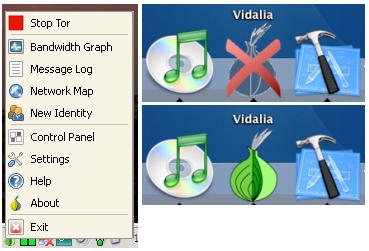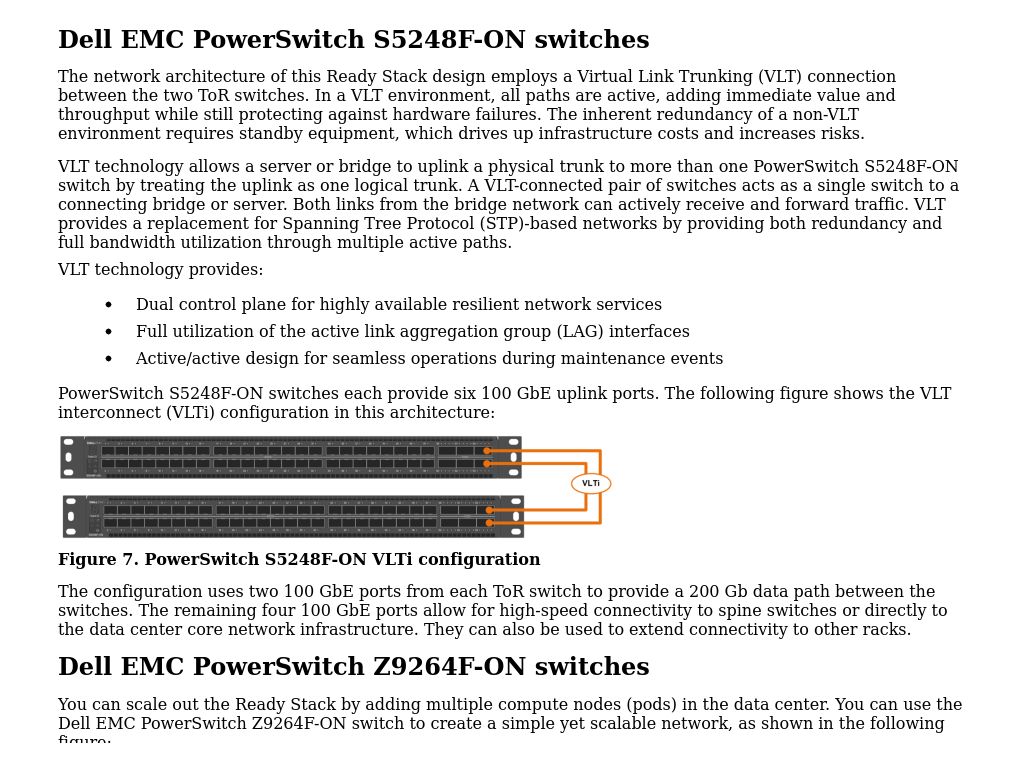
Users can also set up their own website in the Tor network with a domain name ending with “.onion”. When users explore websites using Tor Browser, their real IP address is hidden by the Tor network so that the destination website never knows what the true source IP address is. Tor Browser is a tool that provides anonymous Internet connectivity combined with layers of encryption through the Tor network. In part one of this two-part series, we’ll use reverse engineering to explain how to find built-in Tor bridges and how Tor browser works with Bridge enabled. ” We are now sharing more details of this research, with our analysis being posted in two blogs. This (mostly) prevents your existing domain from seeing the new domain.At the SecureWV 2019 Cybersecurity Conference, held in Charleston, West Virginia, Peixue and I presented our talk “ Dissecting Tor Bridges and Pluggable Transport. DC should be on a different host.) You really only need the new domain controller on bridged if you want the existing physical servers to communicate back to the new domain. Don't make a host part of a domain where the DC is on the same host. You can leave it on NAT unless you want to change your host to join this virtual domain. Either will allow the new domain controller access to your physical LAN so you can do updates, etc. So you can create you new domain controller, and set your virtual network to either bridged or NAT. They do not affect each other except that all their data is traveling on the same wiring. In My Network Places, you'll see all the domains or workgroups. You can have multiple domains on the same physical (or virtual) network segment. If I'm reading you correctly, you want to create a new domain. But WAN traffic does not get to the "LAN" unless you do port forwarding. Traffic on the virtual LAN can still be routed out to the "WAN" physical network. Think of it like having a home router in between the virtual and physical LAN, with the physical on the "WAN" port and the virtual on the "LAN" port. NAT puts the virtual machine on a separate LAN, but connects the virtual LAN to you physical LAN.

The virtual machine is then on a separate LAN from the physical. In order to isolate your guest from the physical LAN, you'd have to use host-only.

It's on your LAN so it can see your other machine. In bridged mode, treat the virtual machine just like you would any other physical machine plugged in to you LAN.

In other words, how do I get the guest OS to not attempt to talk to my domain controllers on the domain that I'm logged into with my host machine.


 0 kommentar(er)
0 kommentar(er)
